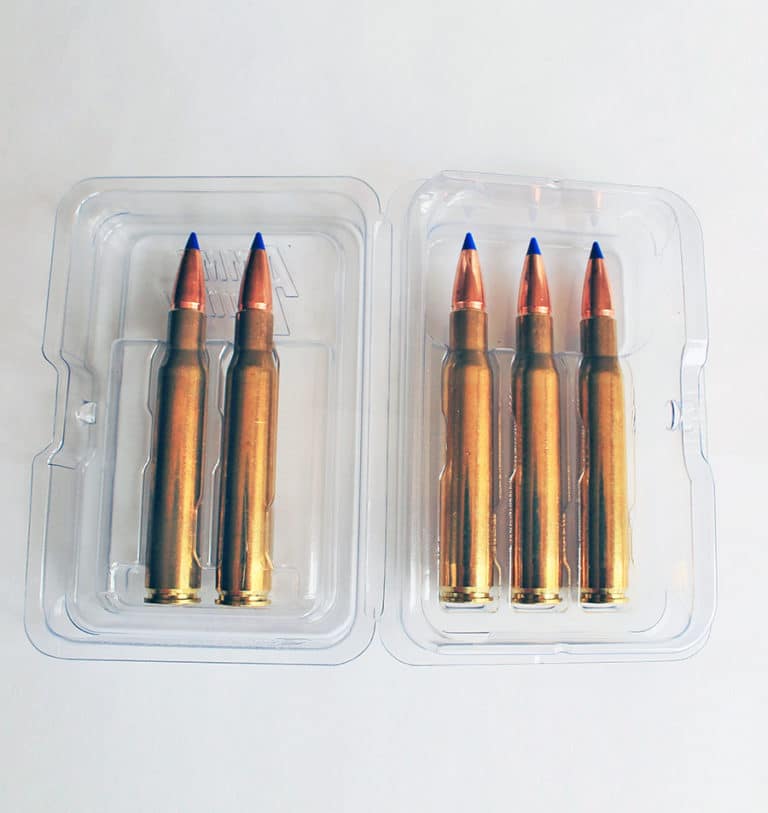
ġ25 Buddies were sold in Norway in 2011, a market share of 6% of all electric vehicles sold in the country that year. One cloud-covered Buddy was designed to match the owner's night table lamp. While most other cars there are dark or muted colors, about 80% of Buddys are delivered in a multitude of strong, bright colours, with many using bold decorative elements such as flowers, hearts, clouds, and flames. The Buddy ranked 29th in sales by automotive brands in Norway in 2006, ahead of Jaguar, Fiat, Smart and Porsche. Sales īuddy graphics inspired by the customer's bedside table lamp The Buddy has been sold only in Norway while the company prepares for export.Īs of late 2008, plans were under way for an additional factory in Portugal, with projected production of 5000 cars per year. To meet international needs, ElBil Norge was working to establish new production facilities. In 2007, production at Økern in Oslo was 5–6 vehicles a week, with a theoretical capacity of 500 vehicles annually.

Two models of the Buddy were available: the standard version, and the Budd圜ab with a folding roof.
HANG BATTERY BUDDY DRIVERS
It can be used as an ordinary vehicle without restrictions, and drivers require only an ordinary driver's license. The Buddy was EU approved as a heavy quadricycle (an electric four-wheel motorcycle) by the Vehicle Certification Agency.

When the technology becomes available commercially, existing vehicles will potentially be upgradeable. ĮlBil Norge has made a development fleet of Buddy vehicles equipped with various forms of Li-ion battery technology. A complete battery set costs from GB£2,800, excluding value added tax. The batteries' life expectancy is 2–5 years, or about 20 000 km, depending on driving and charging habits. Charging uses an ordinary grounded outlet with a minimum circuit of 10 A.

The Buddy was produced with lead acid batteries which, when completely discharged, can be recharged in 6–8 hours, or rapidly charged so that one hour's charging allows the vehicle to be driven about 10 km (6.2 mi). It also lacks safety equipment such as ABS, ESP or airbags. The car has no servo or aids regarding steering and braking, and the response and "connection" to brakes and front wheels are vague and difficult to finesse. Well-tried technological solutions have been used for maximal reliability. The electric motor is a 72V Sepex 13 kW, a direct current motor with brushes. Other metal parts are treated so that further rust treatment is unnecessary. The Buddy consists of a strong, hot galvanized steel tube frame with safety cage, but with no proper deformation zones.

Its length is 244 cm (96 in), which allows it in some jurisdictions to be legally parked sideways. In 2010, Pure Mobility (former "Elbil Norge") launched a new version of the Buddy, initially marketed as "MetroBuddy", but the "Metro" prefix was removed due to negative or confusing associations with the term.īuddy is a simple, functional, electric city car with a range of 20 to 60 km (12 to 37 mi) depending on the season, topography and driving style. In December 2008, the first 12 Buddy cars were sent from the Buddy factory in Økern by boat to Copenhagen. For some years, ElBil Norge further developed the vehicle and in the autumn of 2005, a new model was presented that was first called Kewet Buddy Citi-Jet 6, but is now known simply as the Buddy. In 1998, all rights were acquired by ElBil Norge AS (which, at the time, was called Kollega Bil AS). During the first five generations, over 1000 electric vehicles were produced. Production alternated between Hadsund, Denmark and Nordhausen, Germany. Originally, the Kewet was developed in Hadsund, Denmark, and the first model was made in 1991. Buddy is the sixth generation of the Kewet electric vehicle.


 0 kommentar(er)
0 kommentar(er)
